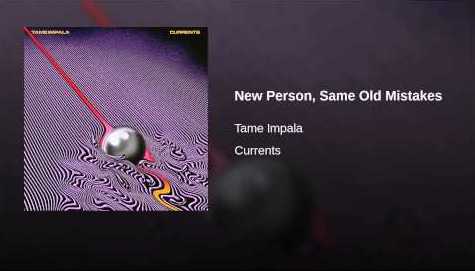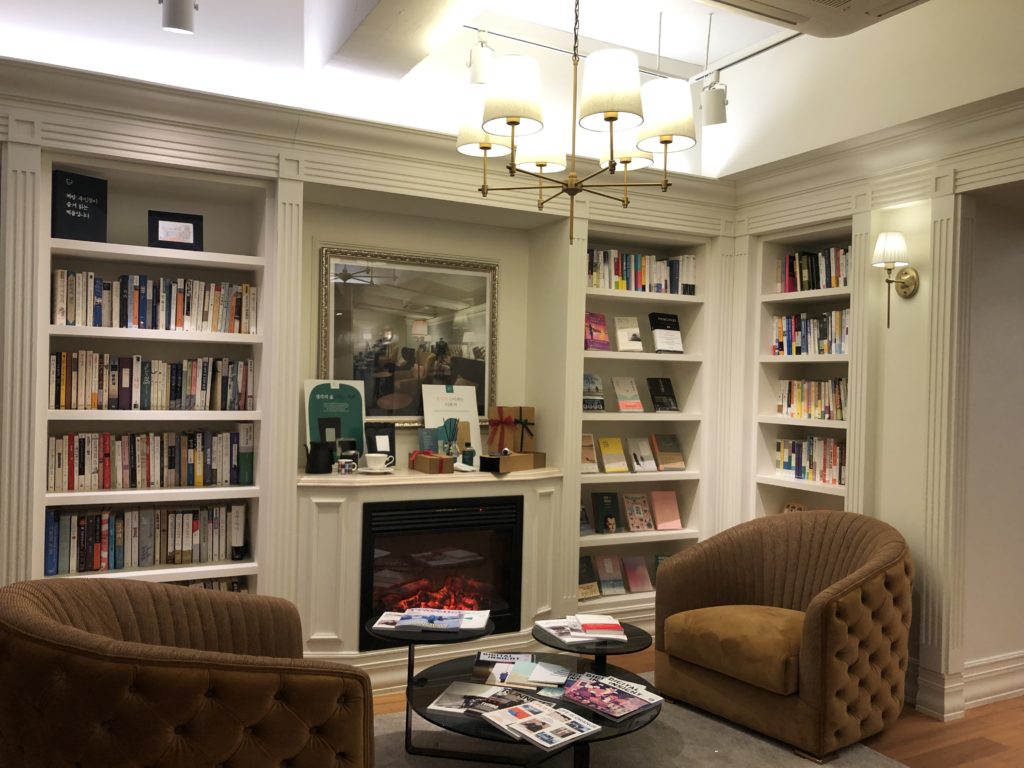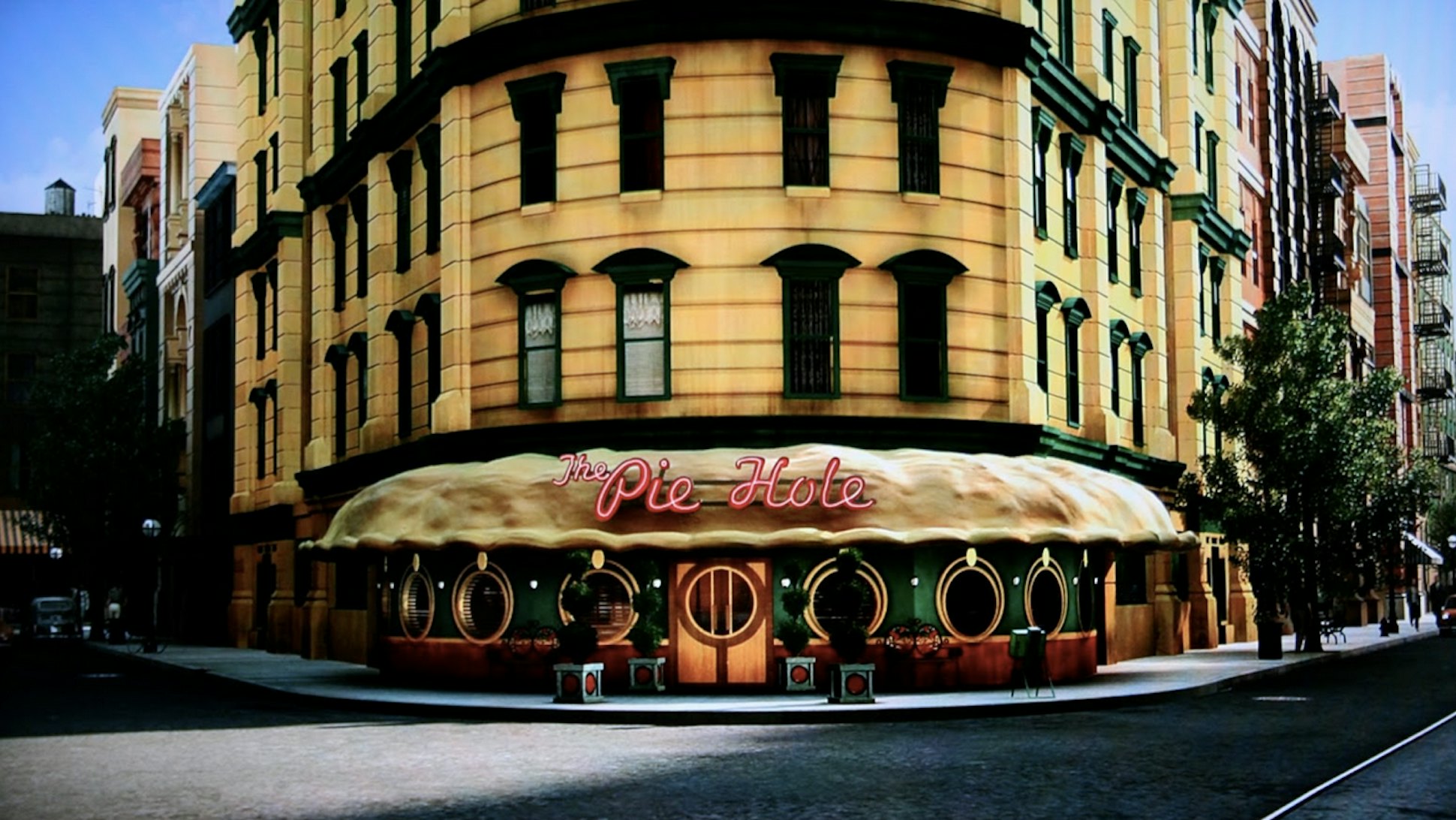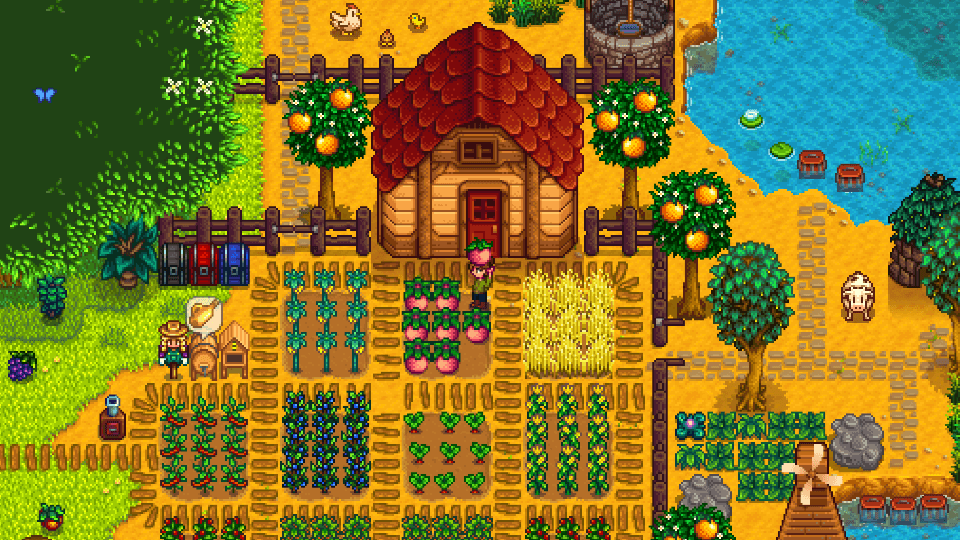In my opinion what usually makes an environment remembered is the audio playing in the back. From cafes and the noise they make of coffee machines and people’s conversations to concerts and the music the artist plays and the crowd singing along, to each environment it’s noises. An environment that I particularly enjoy comes from Tame Impala’s song New Person, Same Old Mistakes from their album Currents. The environment it creates is one of blissfulness and serenity, the beat playing in the background is an extremely good one as well. This song and album takes me back to several instances in my life of enjoyment with friends throughout the years and it never fails to bring back good memories. Taking a step backwards to what this song means to me to how it was described to be by the artist itself, Tame Impala’s frontman Kevin Parker explained the song to be about “someone finding themselves in this world of chaos”.
“At different times in life I’ve felt like it’s time to say goodbye from some form of myself that’s been hanging around for a while, you just feel this urge to move on, like a herd of antelope. They’re just standing there in a field eating grass for however long, and then all of a sudden they start moving. You feel like that as a person sometimes. Where it’s just time to move on.” Parker said to British Music journalism website NME. Even Rihanna has covered this song in her 2016 ANTI album, giving this song a growing continuous impact on different people. And she herself noticed the strength this song carried. “Hearing the Rihanna version, it made me realize that the song finally got the treatment it deserved from the beginning,” Parker added. “It went full circle.”
I’m going off track a bit from the assignment we were given… when I tried thinking of an environment I enjoyed, at first I thought of physical places just as anybody would. But this song does in fact take me to several physical places though, for example places like my dorm, my room back home, my friends living room and that to me proves that a song can hold greater meaning than one physical place. It can give an empty space an environment and transform it to a place even. This song no matter what’s happening in my life, I tend to go back to it and it still has the same meaning as it always does. A sense of looking back and being nostalgic, just as a physical place would do to a person.
In a linguistic perspective, space and place are synonyms but having an environment be considered a place rather than just simply a space is due to the fact the environment carries with it meaning and a heavier significance to the person interpreting the area. Space on the other hand is very abstract and empty but it can also signify the freedom to express one’s experiences; like a blank canvas. “As a person lives life, one’s narrative begins to etch meanings on a particular space, causing it to become a place” Eric O. Jacobsen. And this song at first didn’t simulate an environment but as I carried this song with me, through one can argue different selves I’ve had since first hearing it in 2015, it started creating memories. And what is a place if not something that holds a multitude of memories just as this song is to me.

A memory that is quite valuable to me is when this song accompanied a group of my friends and me on a road trip to UAE’s highest peak, Jabal Jais. It was a trip that we planned for months before hand, a trip that would be at the end of the semester to enjoy our last days of the term. It was quite a long trip, 4 hours, of continuous driving and we arrived at the peak at around 1am. Exhausted, we struggled to set up the tent and fire for our dinner. But it was all worth it for in the morning when the sun was rising, the clouds were close to the ground causing only the peaks of the mountain range to be visible. And this song specifically set the right vibe with the view and the beat it carries.




